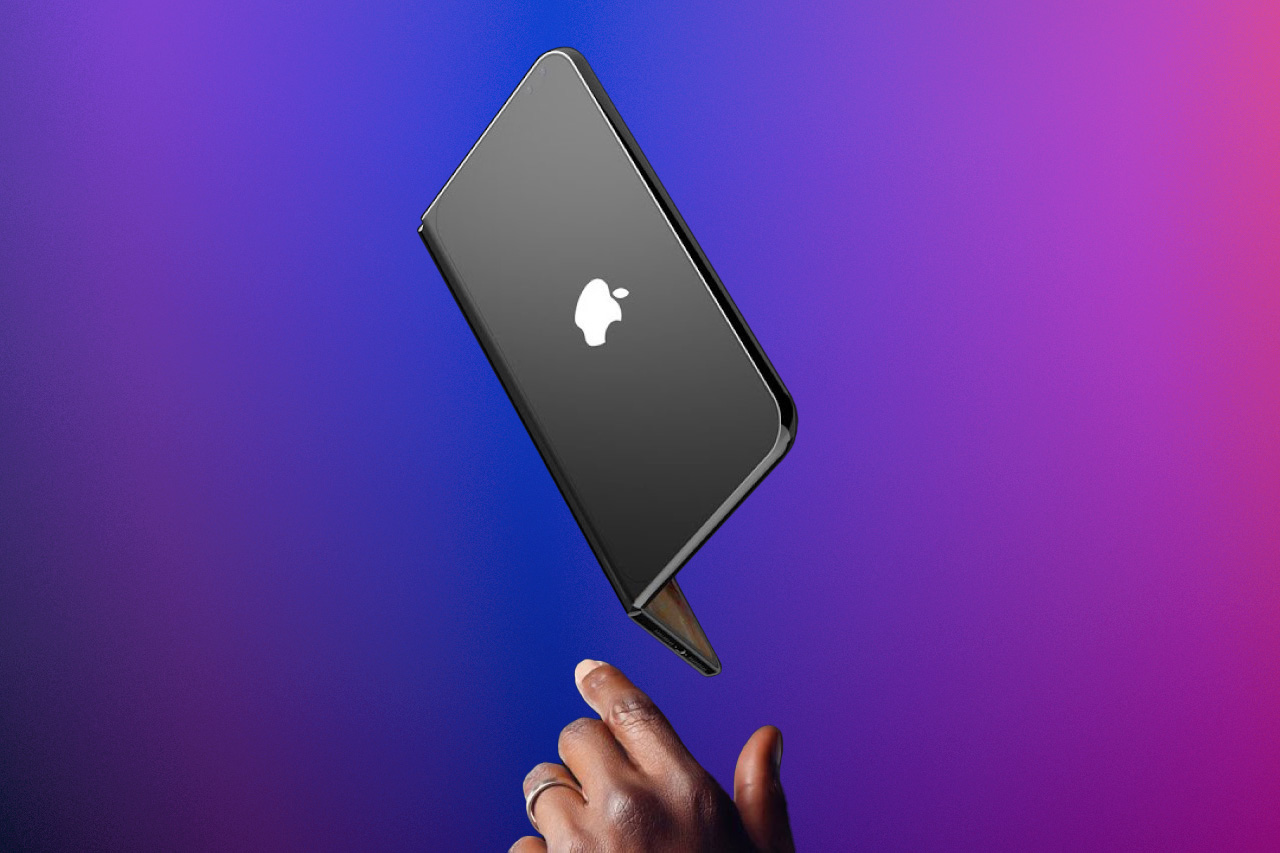
Ever since the world’s first folding phone (the Royole Flexpai) was unveiled, it kicked off a smartphone innovation race that companies like Samsung, Motorola, Huawei, Xiaomi, and Oppo have locked horns in. It also raised some incredibly pertinent questions – will Apple make a foldable too? And when?
If patents are any indication, Apple HAS, in fact, been working on a foldable for quite a while now. Top analyst Ming-Chi Kuo and Bloomberg reporter Mark Gurman have both indicated that internal sources say that the folding Apple device will be out as early as 2024 or 2025, although it isn’t entirely clear what this device will be. Many of us suspect Apple will launch a folding iPhone, while there are rumors of a folding iPad being in development too. While I’d love to see Apple and Samsung duke it out in the foldable phone space, I wholeheartedly believe a folding iPad is an infinitely better idea… even though the folks at Fast.Co think a foldable iPad would be “Apple’s worst idea”.
Here’s why Apple should build a folding iPad BEFORE they build a folding iPhone…
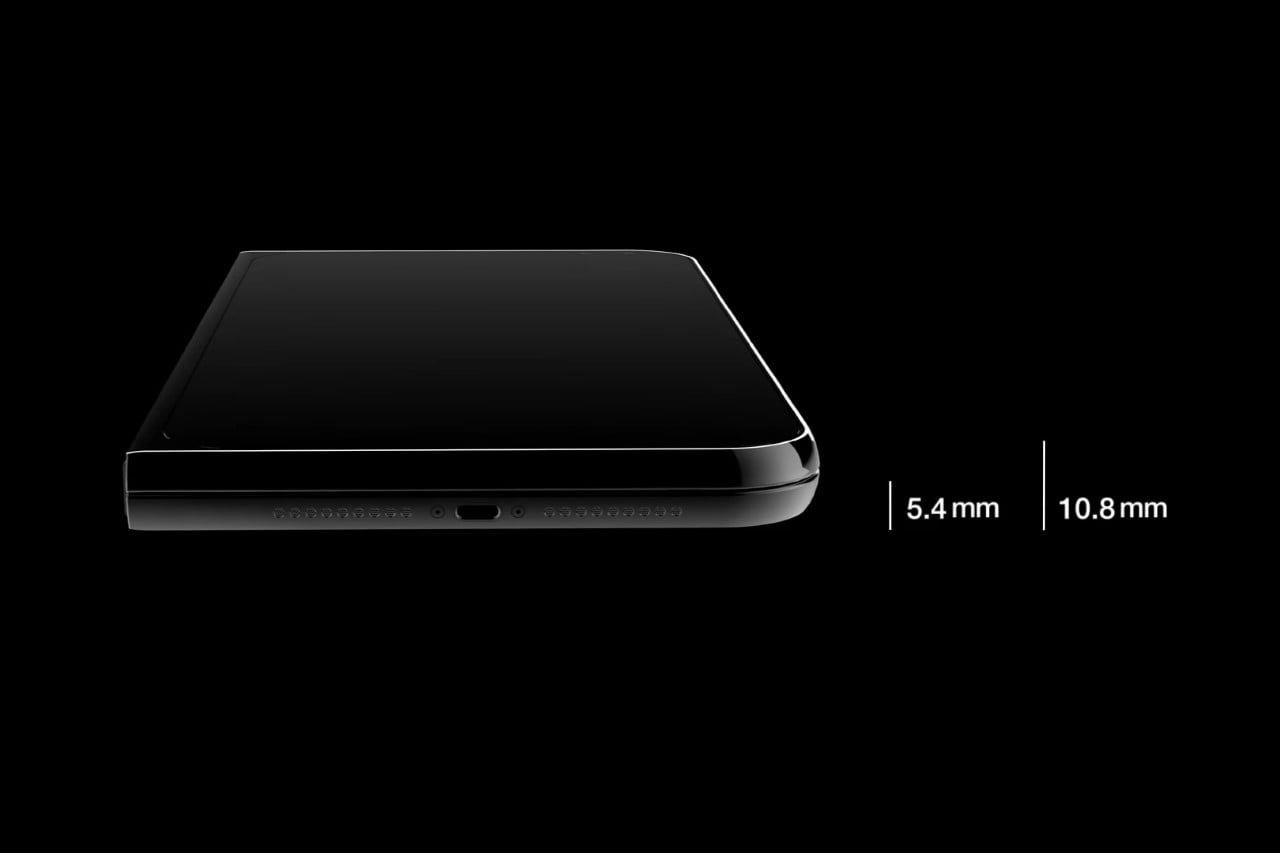
1. Nobody likes thick phones, especially Apple users
Ever since Steve Jobs walked on stage with a laptop thin enough to fit in a Manila envelope, it put Apple on a trajectory that would have it chase slimness… to a fault, really, with bending iPhones and atrocious butterfly-keyboard MacBooks. Even though Apple’s worked hard to fix those problems (schematics show the iPhone 15 is thicker than ever with a honker of a camera bump), the company just doesn’t do thick and rugged, with the sole exception of the Apple Watch Ultra. Given that the iPhone accounts for over 50% of Apple’s global revenue, a thick foldable phone would be an incredibly risky bet on Apple’s golden goose. Apple fans are also incredibly fickle-minded about their phones and Apple’s worked incredibly hard to make sure no change is TOO drastic to piss off the billions of iPhone users (the disappearance of the 3.5mm jack wasn’t taken to too kindly). The iPad, on the other hand, doesn’t have to fit into pockets the way the iPhone does. Make it thicker and you’re still innovating while being sensible about the kind of risks you’re taking. The iPad doesn’t travel outdoors the way the iPhone does. It doesn’t interact with water, dust, or just the elements the way the iPhone does either, making it the perfect product to iron out any kinks (or creases) you’d find in foldable technology.
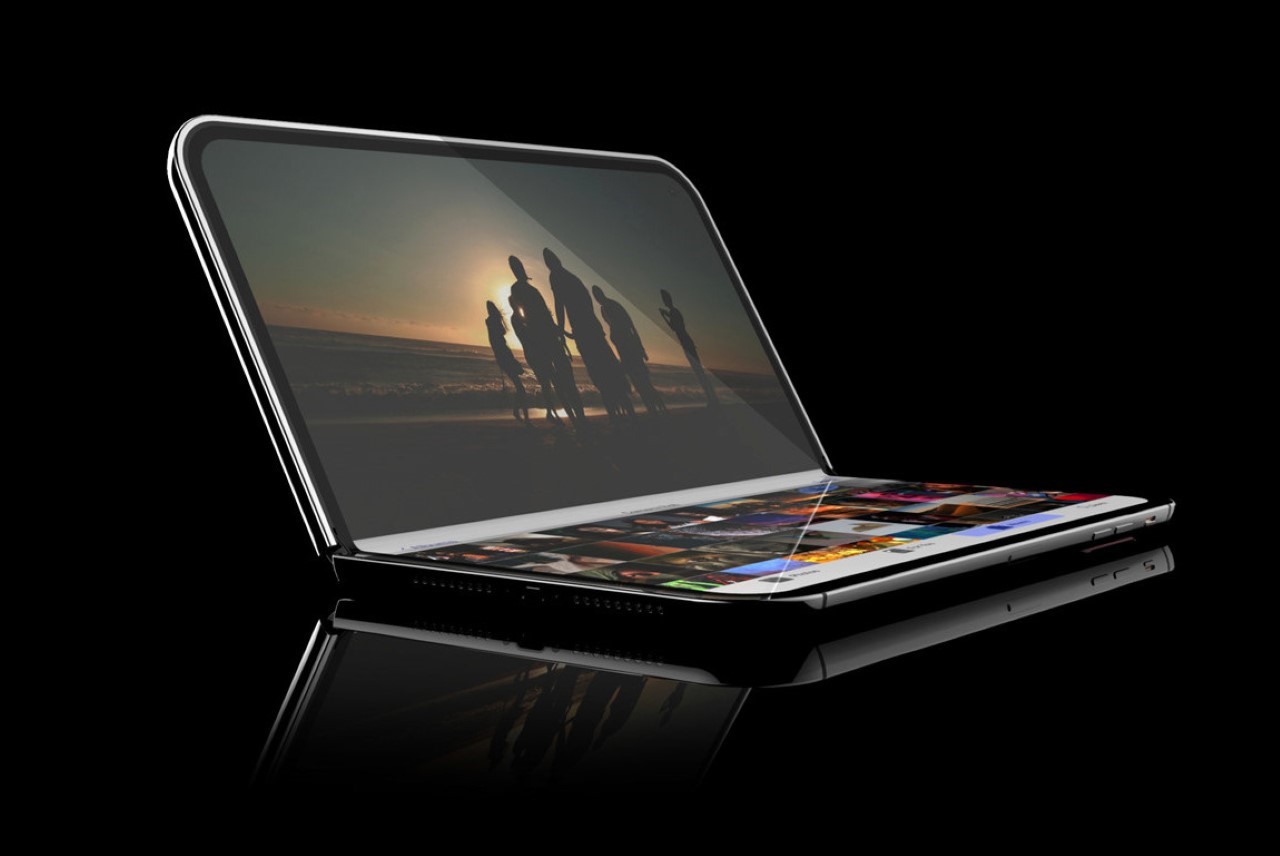
2. An iPhone with a large screen already exists… It’s called the iPad Mini
Ask any foldable manufacturer what purpose a folding phone achieves, and they’ll probably feed you the same story – small form factor, big screen. The thing, however, is that there’s already an interim product in Apple’s catalog that fits that bill. The iPad Mini. With a marginally larger screen than the kind you’d find on the Samsung Galaxy Z Fold4, the iPad Mini scratches the foldables itch without being foldable. It’s compact, has support for a stylus, and even has the option of being WiFi + Cellular. Barring a flexible design, the iPad Mini is pretty much what the iPhone Fold hopes to be. Sure, Apple could create a phone so compelling that it would present itself as a wholly different device… but at the end of the day, the iPad also has a large screen, a camera (which could use some improvement), and the A-series chipset that’s also found on the iPhone. Apple’s already built the iPhone Fold… It just doesn’t fold yet. (And it really doesn’t need to)
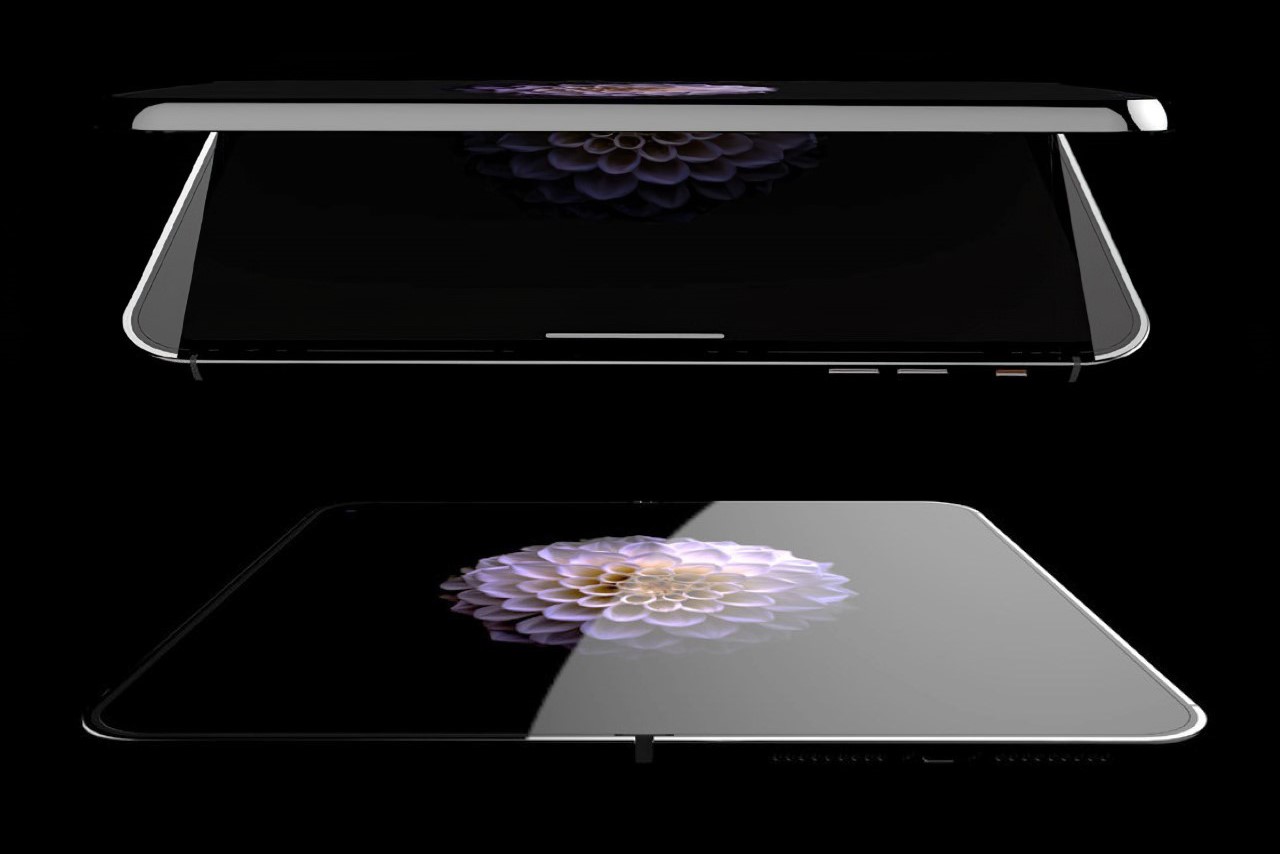
3. Folding phones are just a parlor trick
Folding phones don’t make sense. No matter how you cut it, a larger screen doesn’t do much for the mobile experience. It’s still horizontally the same as a phone held in landscape, so it’s not like the YouTube or Netflix experience is improved. It’s vertically intact, so the TikTok and Instagram experiences remain unaffected too. What really changes is the operating system, which is an absolute headache. Current versions of Android’s foldable-friendly OS have their own glitches. Apps aren’t optimized for almost square-shaped displays, and let’s face it… nobody multitasks on a smartphone. That’s what tablets are for. Foldable phones are just a parlor trick. Folding tablets, on the other hand, can actually be useful.
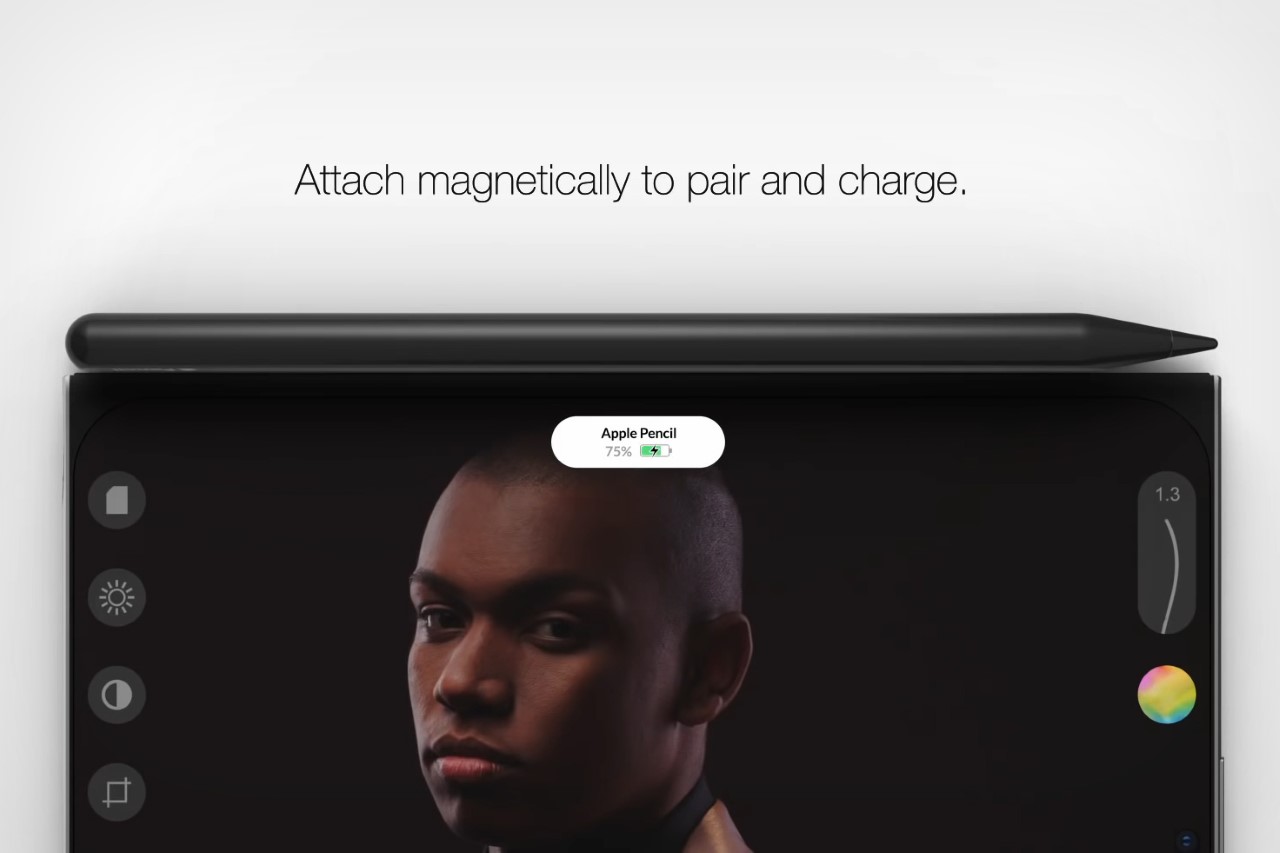
4. The iPad Pro is already as powerful as a MacBook, so why not make it one?
Built with the M-series chipset, the iPad Pro has more in common with laptops than it does with other tablets. In fact, it’s so miles ahead of other tablets, it could just as easily pass off as a laptop. The iPad Pro comes with a smart keyboard that has its own trackpad, boasts of a Stage Manager feature that allows it to multitask just the way a laptop does, and even comes with every conceivable app you’d need to do whatever it is you’d otherwise do on a laptop… so why not just make it fold like a laptop too? Hybrid laptops are already a thing, and the iPad would absolutely excel in that category. You’re probably wondering that a folding iPad would then surely hurt MacBook sales. After all, I just said that a folding iPhone would hurt iPad Mini sales. Here’s my answer, folding iPads would barely scratch the MacBook’s success trajectory. The iPad runs a different OS, has just one port, and would still have a touchscreen keyboard, which only a small subset of Apple users would prefer over an actual physical keyboard. A folding iPad doesn’t replace the MacBook, but it sure would work wonderfully as an emergency MacBook.
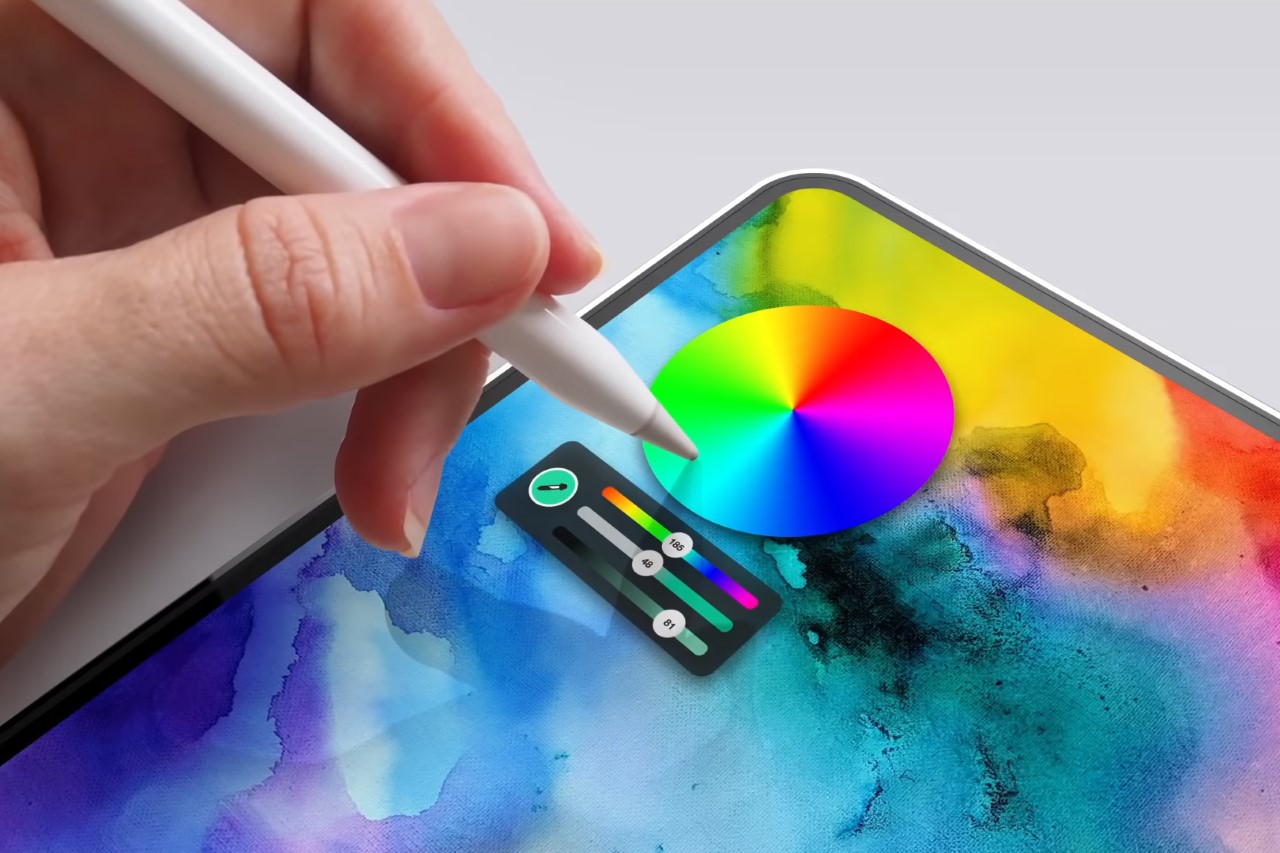
5. The iPad already has 4 variants. Adding another one won’t hurt.
Mini, Regular, Air, Pro, Fold. Has a nice ring to it, doesn’t it? The iPhone just has two models with no concrete need for a third. The iPad, on the other hand, could broaden its audience with a foldable to entice enthusiasts looking for the best of both tablet and laptop worlds. Moreover, the largest iPad currently boasts a 12.9-inch display – make it a foldable and you’ve got yourself a whopping 18.6-inch screen with a nearly 16:10 aspect ratio that’s honestly perfect for watching content and is just about as big as a small television… a small portable television that would be a great addition to and fill a current gap in Apple’s lineup.
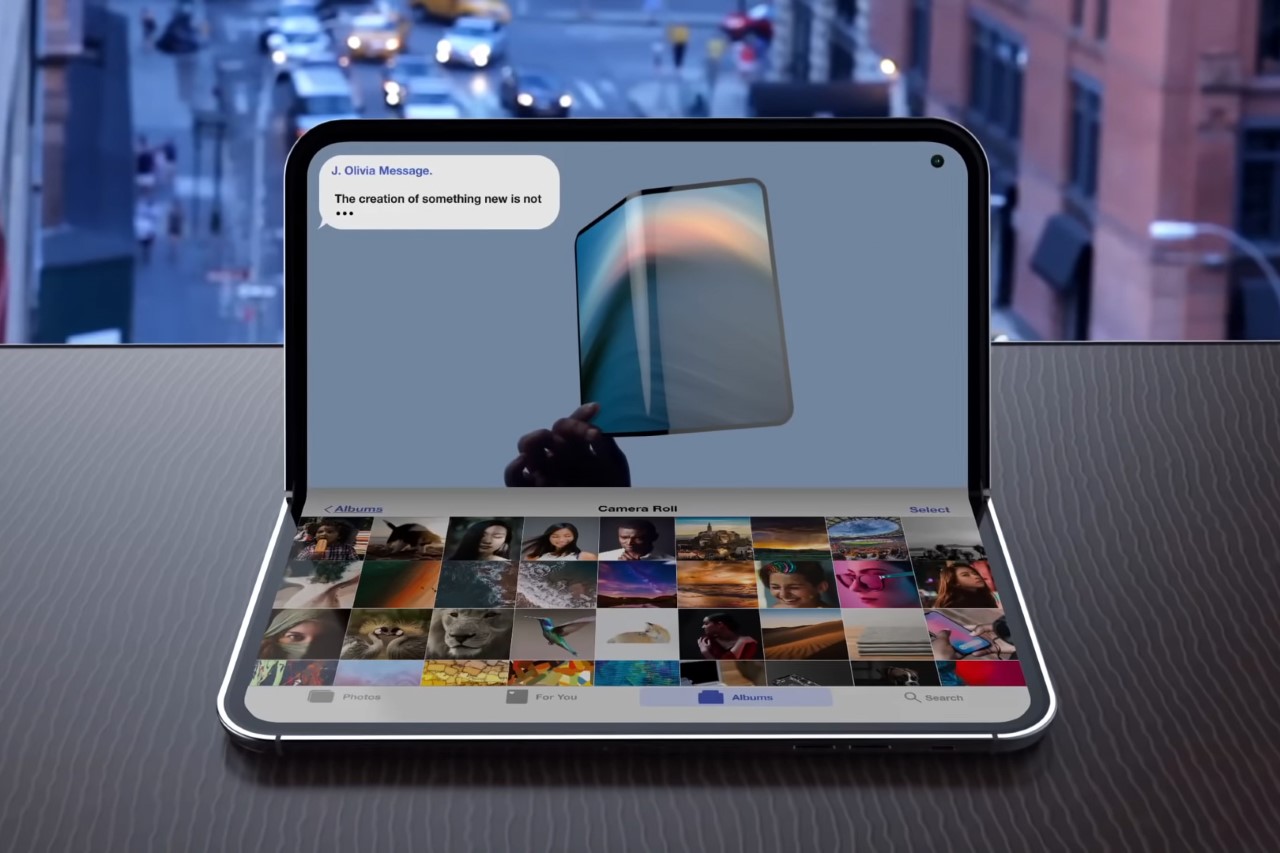
6. Apple can still build a folding iPhone. It just makes sense to build the folding iPad first.
As much as I dunk on the idea of a folding iPhone, I still want to see what Apple pulls off with it. They’ve surprised me in the past with the Watch Ultra (a product idea that Apple executed perfectly) and even the Dynamic Island (which is a prime example of turning an eyesore into an entertaining product feature), and that makes me believe that Apple still has the ability to make users go wow. Although the iPad is far more popular in the tablet space than the iPhone is in the smartphone space, the iPad just accounts for 8% of Apple’s overall revenue, which leads me to believe that it’s much better to stress-test the concept there than to try and run before you can crawl. After all, I’d still find the idea of a $2000 iPad Fold a little more digestible than a $2000 iPhone Fold.
Image Credits: Semin Jun
The post Apple NEEDS to launch a folding iPad before it launches a folding iPhone. Here’s why first appeared on Yanko Design.
via https://ift.tt/uhY7FH4
Post a Comment
Note: Only a member of this blog may post a comment.